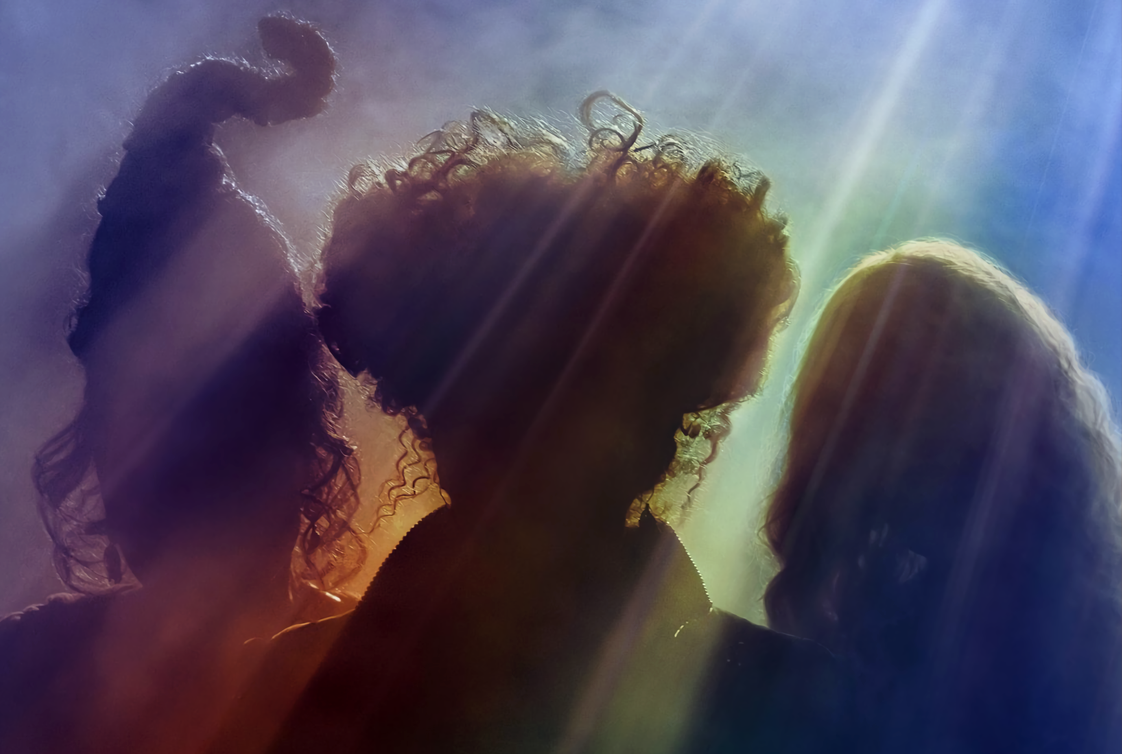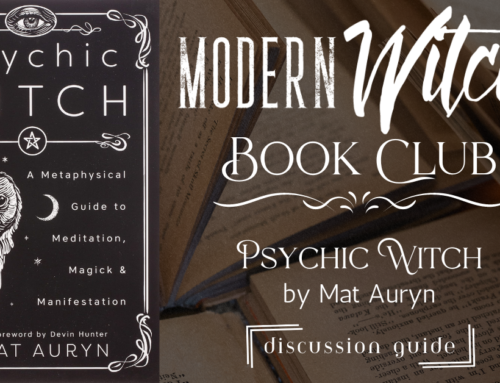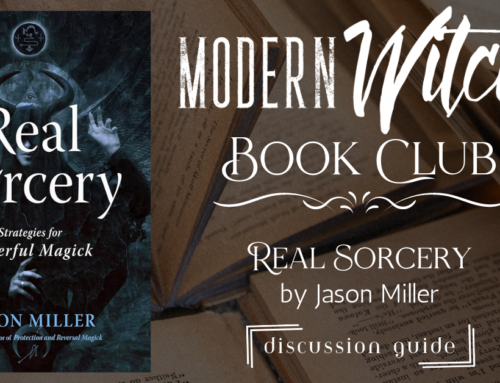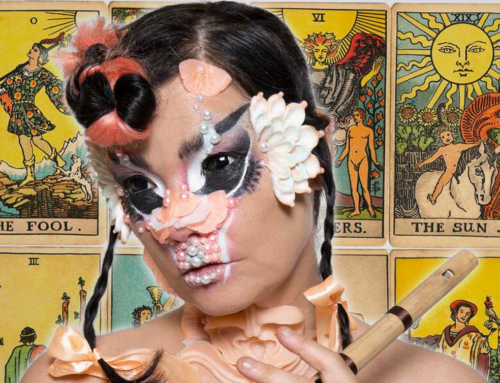I recently had the honor and pleasure of being asked by a journalist from Newsweek to give my thoughts on the portrayal of Hocus Pocus, Hocus Pocus 2, and how real witches felt about how witches were being portrayed during the seeming rise of a new Satanic Panic. You can read the full article by clicking here, and it’s worth reading as other fantastic witches gave their thoughts as well.
With interviews like these, they often have to, understandably, limit what you say down to a few sentences for the article. I wanted to share the full thoughts that I had sent the reporter to clarify my views and to not let all that typing I did go to waste (haha).
Watching the Kathy Najimy clip fills my heart with delight. As a child of the 90s, I have loved her ever since I first saw her in Sister Act. Seeing her advocate her genuine concern for the real-world effects of practicing Witches and Pagans was very touching and spoke volumes about her heart. She’s also right about the old trope of witches eating children or babies originating from the fact that many of those accused as witches in Europe were midwives and assisted in handling miscarriages as well as knowing herbal formulas for inducing abortions, which quickly made them a target of the church.
Watching Hocus Pocus has been an October tradition for me for as long as I can remember, and I watched Hocus Pocus 2 as soon as it dropped. It’s kind of funny when non-witches are pointing at movies with Witches and worried about some sort of negative influence it might have on them and their household. Because practicing Witches often point at the Hollywood portrayal of witches with the concern of the real-life repercussions it might have on those practicing Witchcraft.
One of my witchcraft teachers, Laurie Cabot, made many headlines back in the day for protesting The Witches of Eastwick when it was coming out because the plot revolved around witches working with “the Devil” and gaining their power from him. That all being said, I think Hocus Pocus 2 was a much more fair portrayal of the witch than the original movie. It gave them a humanizing backstory of how they became witches at the hands of Puritan extremists in Salem. Witchcraft is often embraced by the disempowered and the marginalized as a form of personal spiritual empowerment, just as the Sanderson Sisters as children initially did.
I think we can realize as a society that movies such as Carrie are fiction. Although Carrie’s mother is an unhinged and abusive religious fanatic, we as viewers can understand that this portrayal of a Christian doesn’t represent Christianity or all Christians as a whole. However, marginalized groups, whether people of color, religious minorities, or non-cis-het individuals, have to be concerned about how such portrayals paint them. Unfortunately, the majority ends up not separating a portrayal of individuals from the whole of that group and everyone in it. The privileged can often have a hard time separating fiction and stereotypes from reality when it comes to minorities and that also includes Witchcraft.
What Hocus Pocus 2 did great, is it showed how any belief, religion, or even a magickal practice can be twisted into something dark, weaponized, and abused – whether that’s fictional witches turning into villains looking to eat children or whether that’s those twisting their faith in fear to attack or kill others under the accusation of Witchcraft. In my book Mastering Magick, I open it by discussing the abuse I endured as a child from my Christian guardians and how discovering Witchcraft empowered me and saved my life.
We saw this a lot with the original Satanic Panic in the United States. The Satanic Panic was a time in US history when specific Christian organizations began stirring up hysteria of false accusations that Satanic Witches were abusing and killing children in evil rituals. Unfortunately, Hollywood embraced this trope and fanned the flames of that hysteria. As a result, the accusation of Witchcraft caused many people to lose their jobs, homes, and custody of their children, or in extreme cases, end up falsely imprisoned on death row, which happened to my friend Damien Echols. As Witches and Pagans, my elders had to form legal organizations and fight for the same religious rights and protections afforded in the United States to other religious groups.
Interestingly, we can now look back at that first wave of Satanic Panic when the church was asserting these delusions of an imaginary satanic cabal of witches and warlocks abusing children and see that many churches were hiding genuine child abuse behind their own church doors during that time. The hysteria was seemingly a scapegoating diversion from the horrendous things occurring to children within those church walls.
The new wave of Satanic Panic that seems to be starting back up differs in several ways. As a society today, we tend to be more aware of how religions with political and societal dominance have failed many of us. We’re also much more educated as a culture on other spiritual and religious beliefs outside of the mainstream ones, than during the original Satanic Panic. As such, we’ve seen more of a balance in media of witches being portrayed as more nuanced characters that, like any other person, can be well-intended or ill-intended.
I think we can see how the portrayal of witches has shifted as a culture, just from the original Hocus Pocus to Hocus Pocus 2 many years later. The sequel showed that there can also be good witches and that even when something can be twisted dark, just as the Sanderson Sisters were, that they weren’t always that way and that even then, there’s redemption for them as individuals. Unfortunately, the folks who seem to embrace the Satanic Panic tend to be the ones who also embrace baseless conspiracy theories about politicians, Hollywood, or antisemitic beliefs about lizard people running things. So, unfortunately, there will always be those out there who consciously choose to be willfully ignorant of reality.






[…] Read my full statement here: https://modernwitch.com/hocus-pocus-2/ […]